latest

Non-Snapdragon devices at risk from GPU exploits that have already been patched
Arm issued fixes long ago, but manufacturers have yet to pass them along
Read update
No code is perfect, but when gaps are found that attackers can take advantage of, there's always a chance it could open the floodgates for an unauthorized third party to gain full access to your devices. Luckily, it usually never comes to that, as these vulnerabilities are patched before disaster strikes, or quickly patched if it does. This is why timely security patches are important on the best Android phones. That said, if your phone's using a Mali GPU, you might want to take extra care for the next while as plugs for some recently-disclosed security holes are still making their way across devices.
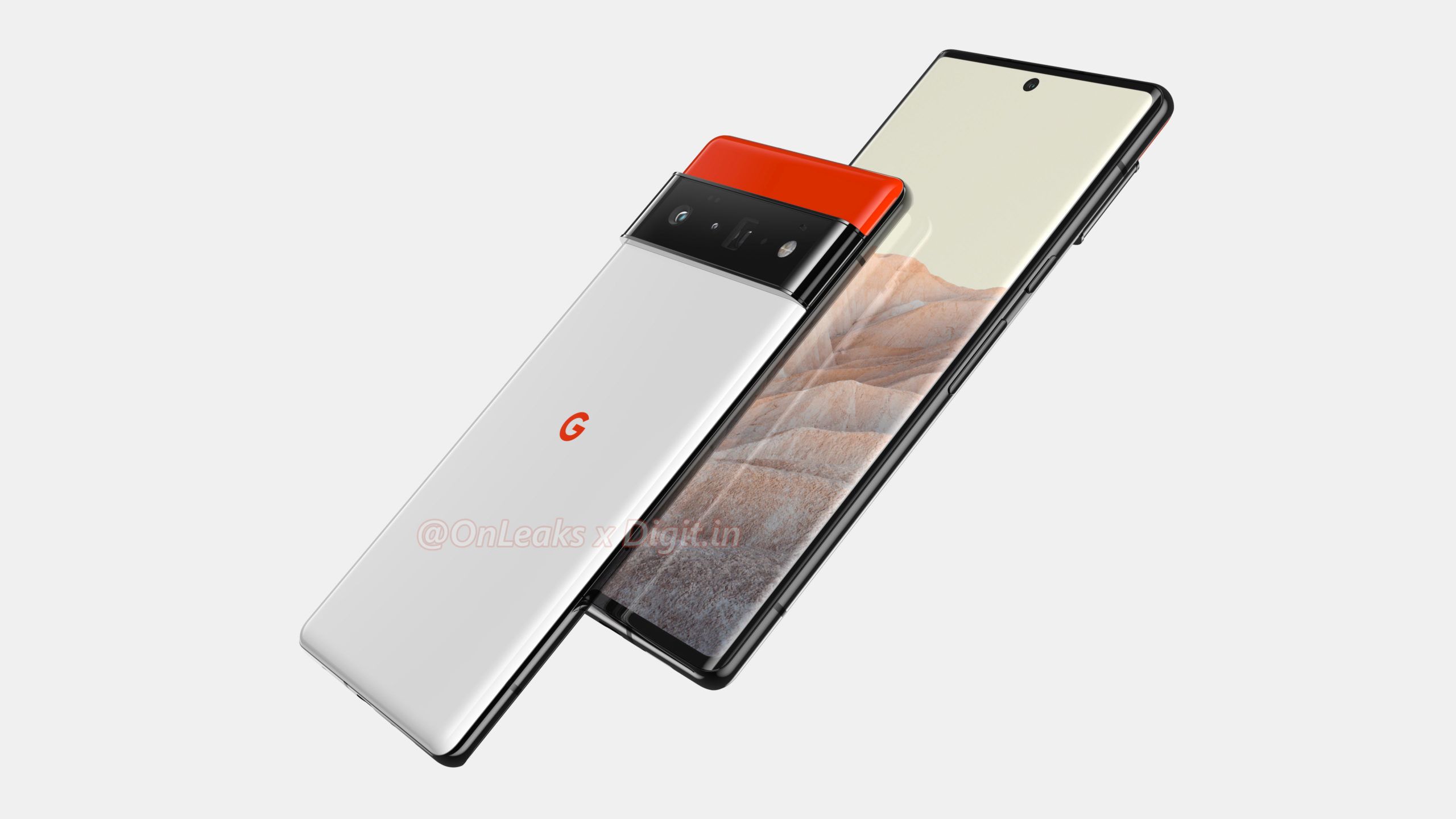
Pixel 6 looks to have true flagship-level GPU
The GPU in question is also used in the Exynos Galaxy S21
The Pixel 5 was somewhat of a disappointment in the performance department. At $700, it was $100 cheaper than the Pixel 4, but its performance really seemed more reminiscent of $300-400 mid-range phones than other $700 phones with more upmarket CPUs and GPUs. Thankfully, Google seems to be addressing that shortcoming with the Pixel 6, using a high-end Mali-G78 GPU.
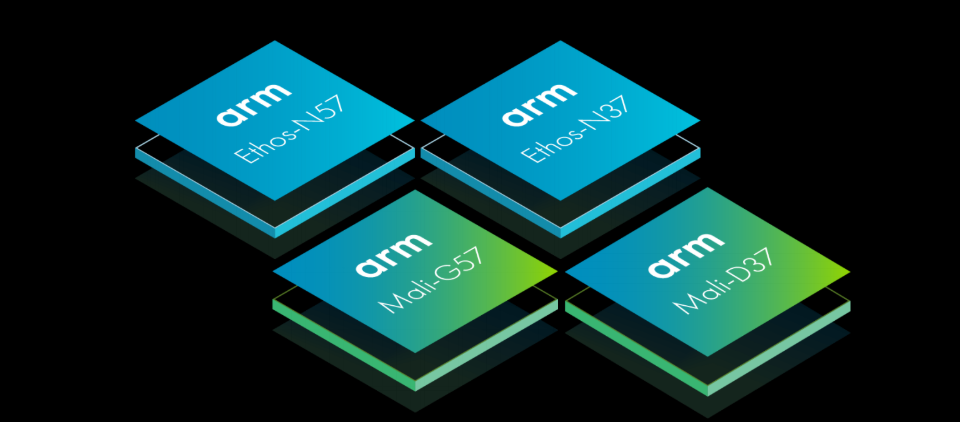
Today ARM has announced four new IP designs for the mainstream market that promise to improve users' experience in several ways: faster and more responsive smart assistants, higher performance and longer-lasting mobile gaming, and display technology in various sizes with sharper visuals and better performance.
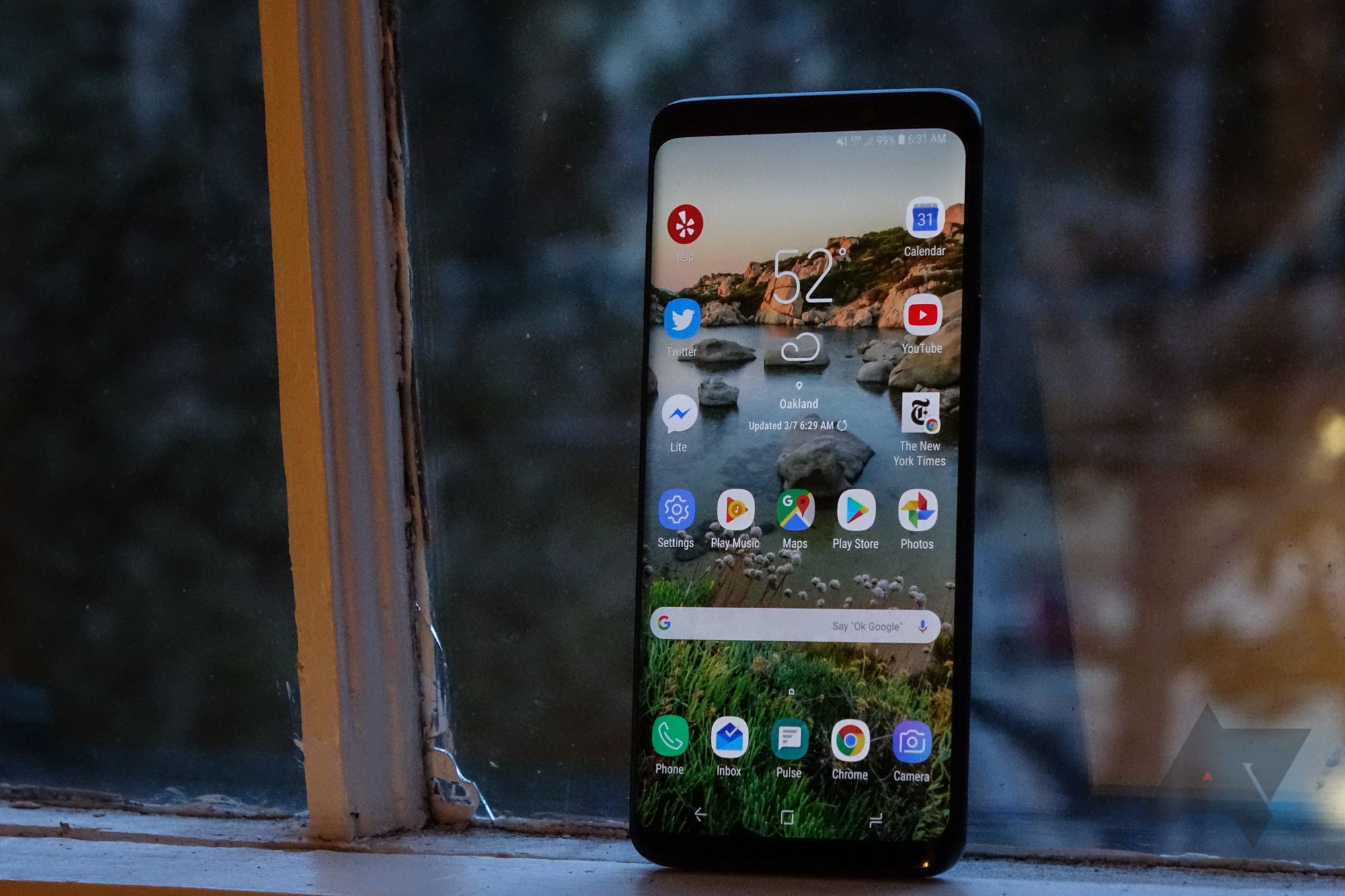
While Samsung's devices in North America have used Snapdragon processors for years, the company also develops its own Exynos processors for international models. But when it comes to graphics, Samsung still uses ARM's 'Mali' GPU family across all its phones and tablets. According to a new job listing on LinkedIn, Samsung wants to develop its own GPUs for a wide range of devices - including phones.
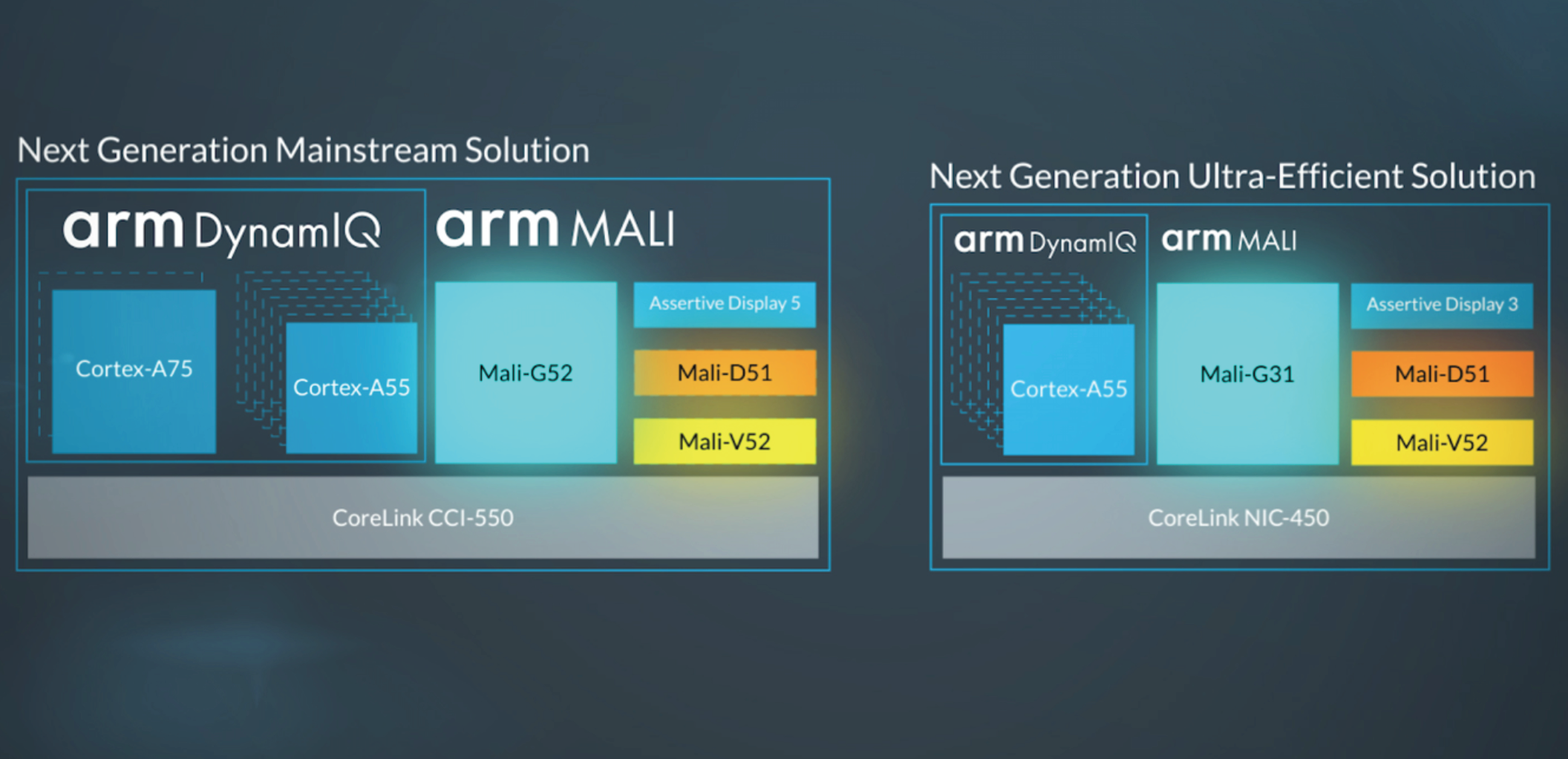
Today ARM has announced its new Mali G52 and G31 GPU designs, respectively targeting so-called "mainstream" and high-efficiency applications. The bigger G52 will someday make its way into more demanding use cases like TVs and high-end phones, where its 3.6x performance improvements in machine learning/AI workloads can be appreciated, while the G31 brings ARM's Bifrost architecture, Vulkan and all, to a more affordable level.
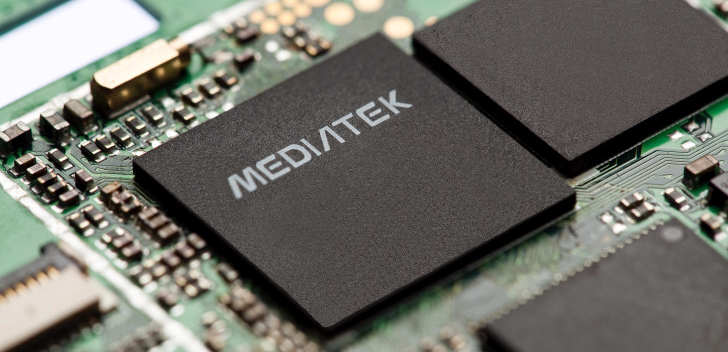
Even with the AMD complaint against it, MediaTek keeps chugging along with its system-on-chips. The latest in the Helio family is the P25, an evolution of the P20 that is targeted toward dual-camera smartphones (because those are a thing again). This fancy new SoC maintains the power efficiency for which MTK is known while bumping up image and graphics processing capabilities.
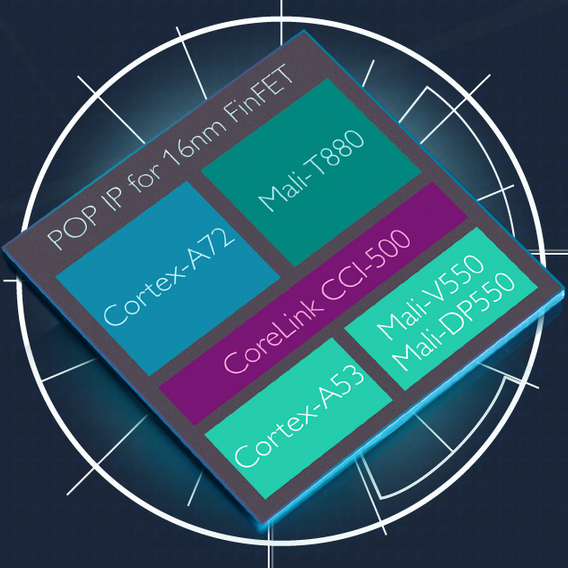
Odds are good that any Android devices you have around are running on ARM technology. The ARM architecture powers virtually all systems-on-a-chip (SoCs), with Intel x86 parts coming in a distant second. ARM doesn't actually make the chips, but it creates the reference designs and instruction set, then licenses the IP. Today the company is announcing some new designs and process refinements for other companies to license.
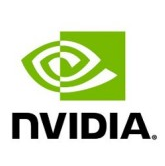
If you were hoping that the litigious nature of the consumer electronics industry would fade out any time soon, well, keep on hoping. Today NVIDIA announced that it has initiated a suit against phone and tablet manufacturer Samsung and mobile chip supplier Qualcomm in the US District Court of Delaware for violating seven of its patents. The company is also petitioning the International Trade Commission to block shipments of Samsung devices using Adreno, Mali, or PowerVR graphical processing units.

ARM Announces Cortex-A12 CPU And Mali-T622 GPU Architectures, Mali-V500 Video Processing Solution, Coming In 2014
ARM is kind of of big deal if you like mobile devices: they release and maintain the architectures licensed by nearly all the world's mobile System-on-a-Chip
ARM is kind of of big deal if you like mobile devices: they release and maintain the architectures licensed by nearly all the world's mobile System-on-a-Chip (SoC) makers. Today they've announced new CPU and GPU designs specifically targeted ant the growing mid-range market, the Cortex-A12 and Mali-T622. This silicon is powerful by today's standards, but a bit less so than their A15 (Samsung's Exynos 5250, NVIDIA Tegra 4) and T624 (and higher) counterparts, designed for more economical implementation. The basic idea is that mid-range devices, which ARM defines as between $150 and $350 unsubsidized, will get both more powerful and more efficient.

ARM Unveils New Mali-T658 GPU, Promising Ten Times Better Graphic Performance Over Current-Gen Chips
With the Mali-T400 running on the Galaxy SII, and the Mali-604 still in production, ARM is still racing ahead, releasing details surrounding the Mali-T658 GPU today - yet another next-gen chip that will support up to eight cores.









